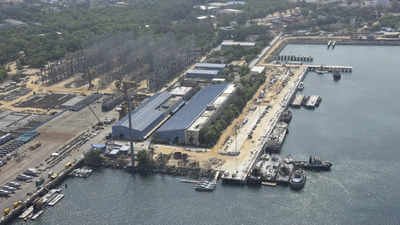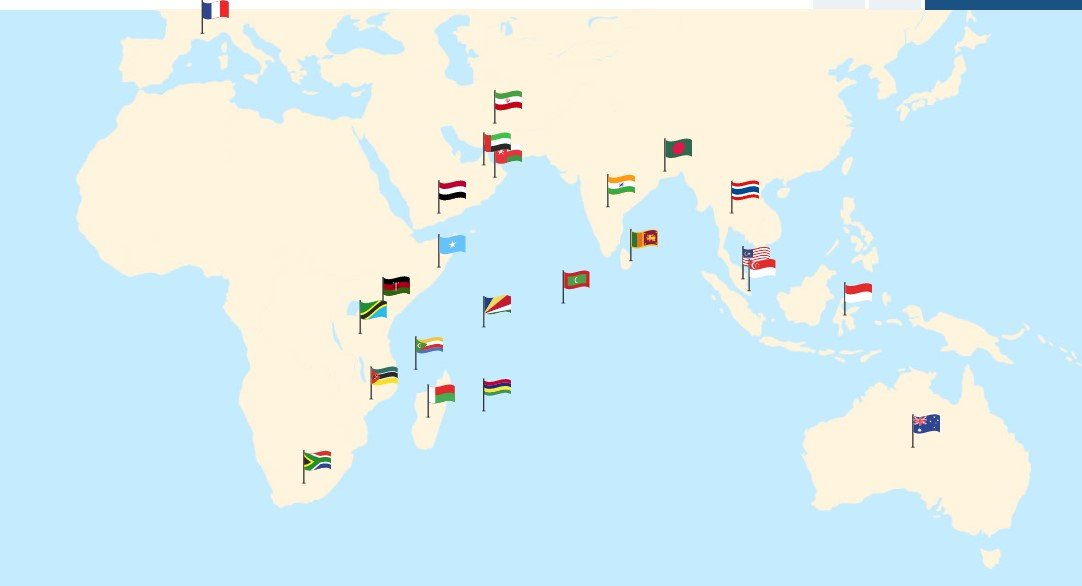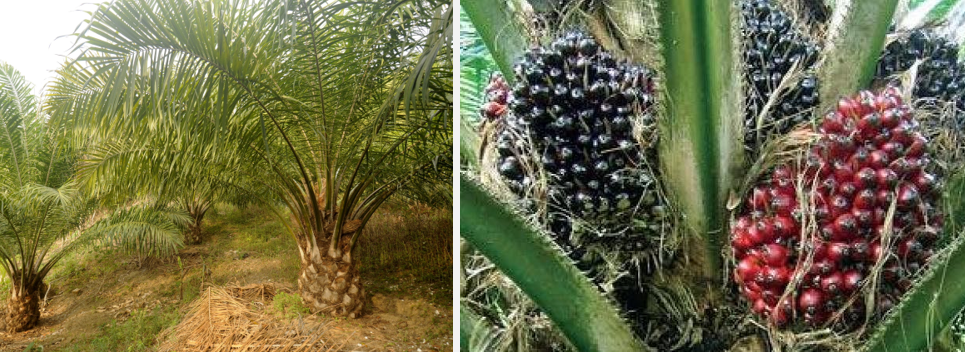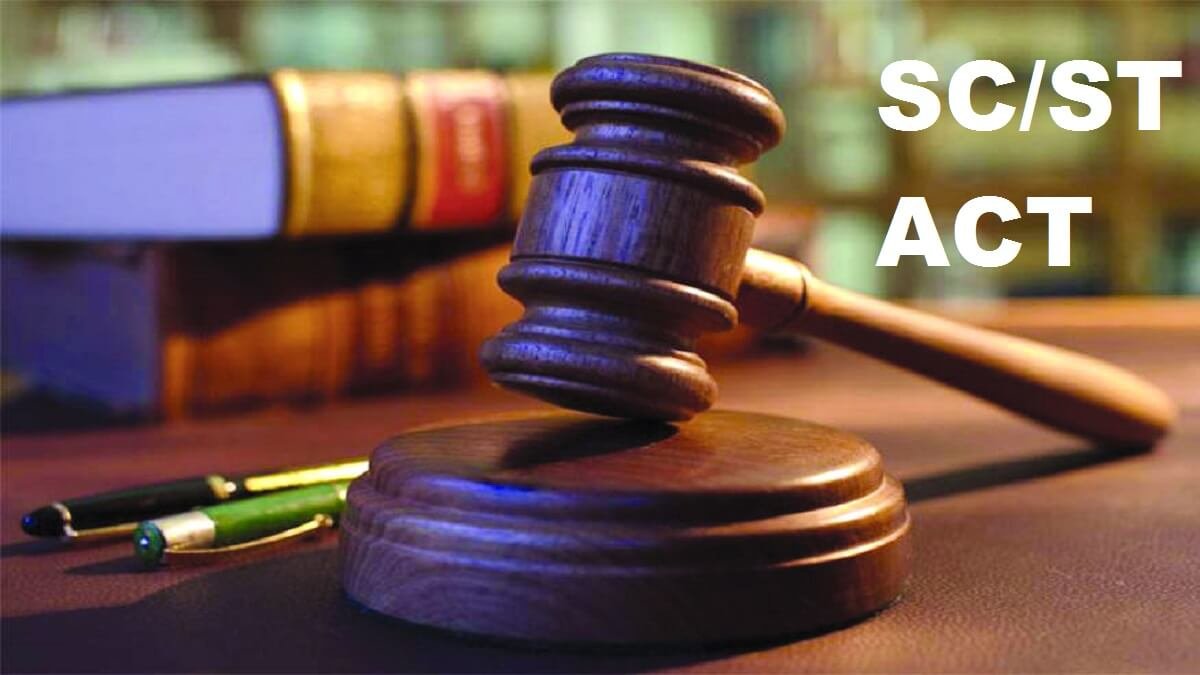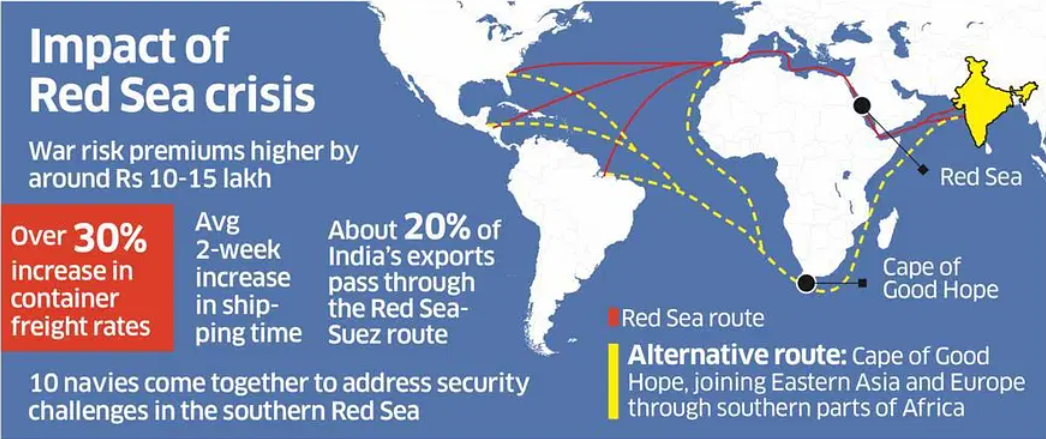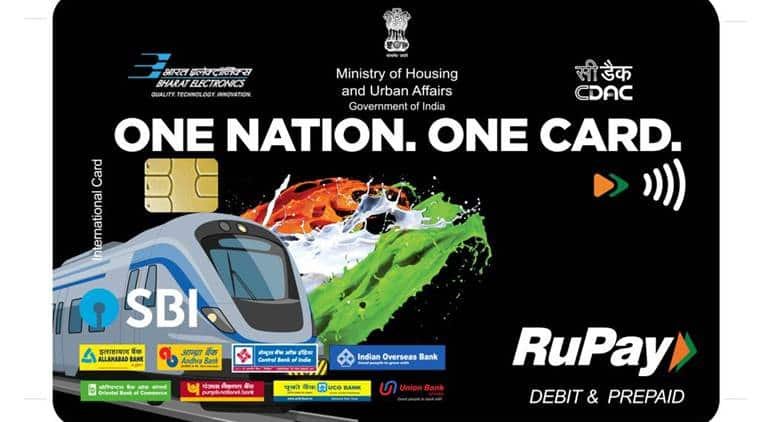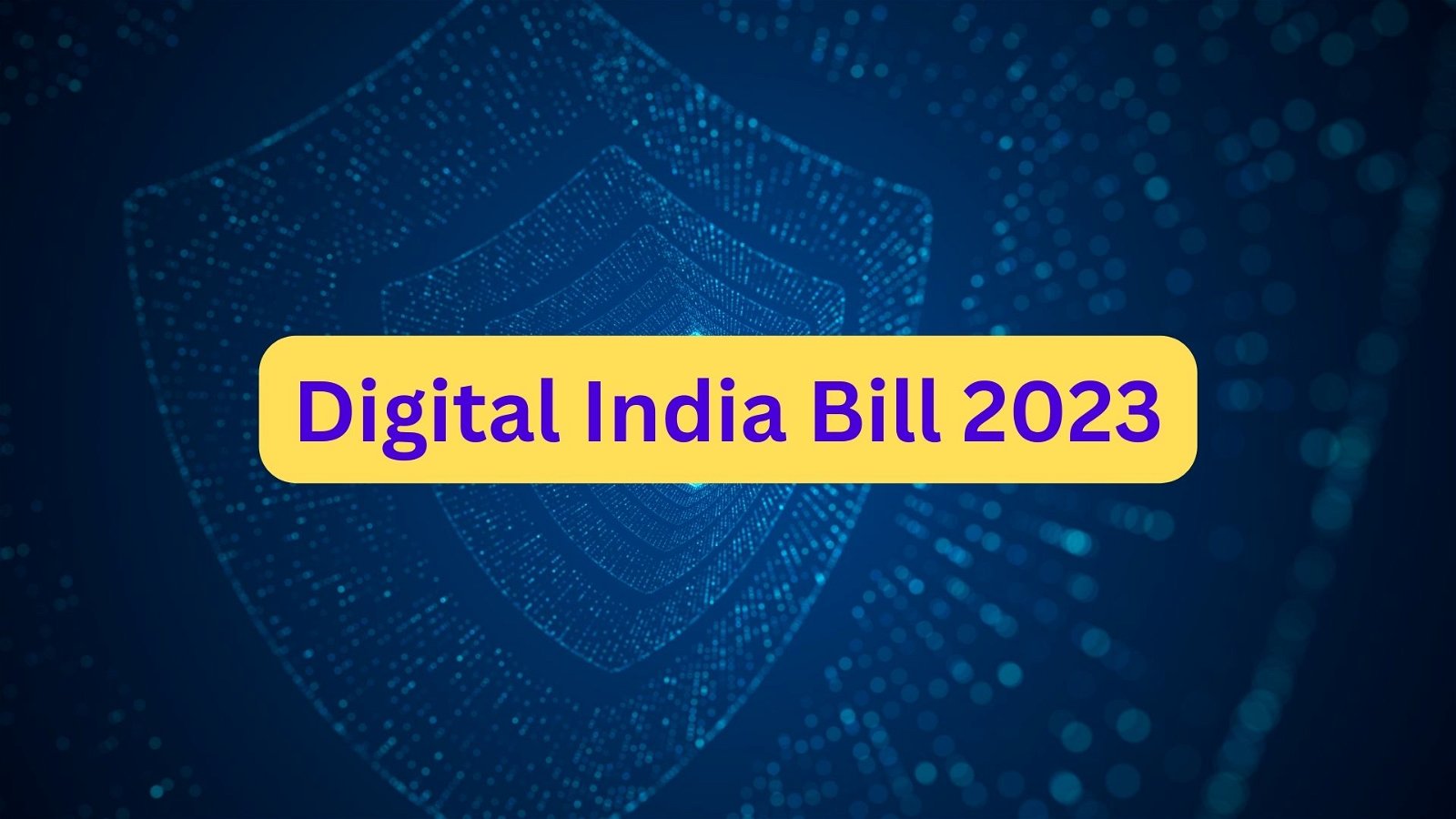
Current Affairs for UPSC Civil Services Exam – April 10, 2024
Subscribers of "Current Affairs" course can Download Daily Current Affairs in PDF/DOC
Subscribe to Never Miss an Important Update! Assured Discounts on New Products!
Must Join PMF IAS Telegram Channel & PMF IAS History Telegram Channel
{GS2 – Governance – Laws} Industrial Alcohol Regulation
- Context (TH): A nine-judge Constitution Bench of the SC questioned the Centre’s rigid position to have exclusive control over industrial alcohol.
- The central question is whether states have the autonomy to regulate industrial alcohol or if exclusive control lies with the Centre.
- Excise duty on alcohol, including liquor meant for consumption, is a major source of income for state governments.
- However, industrial alcohol, which is not for drinking, currently falls outside this revenue stream.
|
Constitutionality Regarding Industrial Alcohol
Constitutional Framework
- State List (Entry 8) under Seventh Schedule of the IC: The power of state governments to legislate on the production, manufacture, possession, transport, purchase, and sale of intoxicating liquors.
- Union List (Entry 52) under Seventh Schedule of the IC: Confers upon Parliament the authority to legislate on industries deemed expedient in the public interest.
- Concurrent List (Entry 33) under the Seventh Schedule of the IC: Allows both states and the Centre to legislate on industries, with the caveat that state laws cannot contradict central laws.
- Industrial alcohol falls under the Industries (Development and Regulation) Act, 1951 (IDRA), which lists it as a subject of regulation.
- This act of Parliament provides the central government with the power to regulate industrial alcohol.
Arguments Presented by the States
- The phrase intoxicating liquors in Entry 8 of the State List includes all liquids containing alcohol.
- Liquor, spirit, and intoxicant were used in excise laws before the Constitution came into force.
- Also, the Union’s power under Entry 52 of the Union List does not include control over finished products (such as industrial alcohol after the denaturation process).
- The Centre would first have to issue an order under Section 18-G of the IDRA to exercise exclusive control over the regulation of industrial alcohol.
- Without such an order, that control would vest with the states.
- The term ‘denatured alcohol’ refers to alcohol products adulterated with toxic and/or bad-tasting additives (e.g., methanol, benzene, pyridine, castor oil, gasoline and acetone), making it unsuitable for human consumption.
Excise Duty Levied on Alcohol
|
Evolution of Legal Precedents
Synthetics & Chemicals Ltd v. State of Uttar Pradesh Case, 1989:
- States’ powers, as per Entry 8 of the State List, were limited to regulating “intoxicating liquors”, which are different from industrial alcohol.
- Only the Centre can impose levies or taxes on industrial alcohol which is not meant for human consumption.
- The SC failed to consider its own prior Constitution Bench decision in Ch Tika Ramji v State of UP Case, 1956.
Ch Tika Ramji v State of UP Case, 1956
- The SC upheld UP’s legislation regulating the sugarcane industry against a challenge claiming exclusive central jurisdiction under Section 18-G of the Industries (Development and Regulation) Act, 1951 (IDRA).
- The ruling affirmed states’ authority to legislate in industries even in the presence of central laws, setting a crucial precedent for federal governance.
ITC vs Agricultural Produce Market Committee, 2002
- The SC emphasised that States are not mere appendages of the Centre and that their reserved powers should not be undermined.
Excise Duty
- Excise duty is a form of tax imposed on goods for their production, licensing and sale.
- It is an indirect tax paid to the GoI by producers of goods.
- State governments impose and collect excise duty on the production of a few items, including liquor and other alcohol-based items, which is called ‘State Excise’ duty.
- Excise duty is the opposite of Customs duty in that it applies to goods manufactured domestically in the country, while Customs is levied on those coming from outside of the country.
- At the central level, excise duty earlier used to be levied as Central Excise Duty, Additional Excise Duty, etc.
- However, the introduction of the Goods and Services Tax (GST) in July 2017 subsumed many types of excise duty.
- Today, excise duty applies only to petroleum and liquor.
- Collection: The Central Board of Excise and Customs (CBEC) is responsible for collecting excise duty.
Legal framework- The two acts govern the excise duty
- Central Excise Act, 1944
- Central Excise Tariff Act, 1985
{GS2 – IR – Groupings} Clean Economy Investor Forum
- Context (PIB): The Indo-Pacific Economic Framework for Prosperity (IPEF) will organise the Clean Economy Investor Forum (CEIF) in Singapore.
- It is one of the key initiatives under the IPEF.
- It brings together the region’s top investors, philanthropies, financial institutions, innovative companies, start-ups and entrepreneurs.
- It aims to mobilise investments in sustainable infrastructure, climate technology, and renewable energy projects.
- The Department of Commerce is the nodal agency for IPEF engagements.
- CEIF is managed by Invest India, India’s National Investment Promotion Agency.
To know more details, visit > Indo-Pacific Economic Framework for Prosperity (IPEF).
{GS2 – IR – Russia-Ukraine} Drone attack on Zaporizhzhia nuclear facility
- Context (IE): Zaporizhzhia nuclear facility was attacked again amid the Ukraine-Russia war.
- Zaporizhzhia is one of five nuclear power stations in Ukraine. Russia controls Europe’s largest facility and, for almost two years now, accused Ukraine of attacks.
- The power station has also faced frequent shelling and mortar attacks from both sides, making it the most dangerous nuclear site in the world currently.
- It has six power lines to run, but war has caused disruptions.
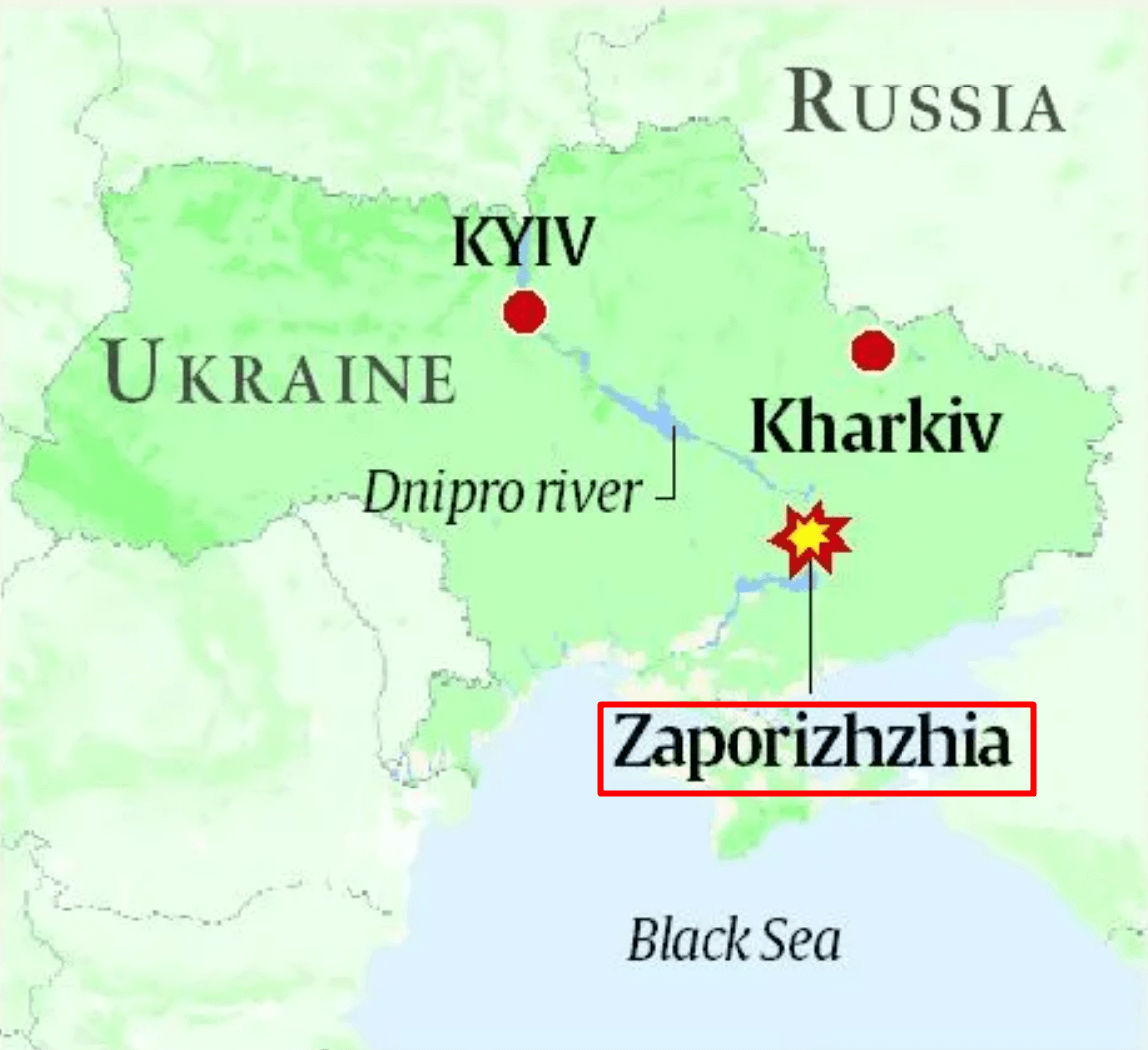
Safety of nuclear reactors
Strong but vulnerable
- Most nuclear reactors are made of several layers of steel and concrete and are designed to absorb shocks from earthquakes of magnitude 8 or even higher.
- Ordinary shelling or gunfire can’t impact them seriously. The drone attack did not cause much physical damage to the Zaporizhzhia station.
- However, failure can’t be ruled out in case of a powerful bomb or missile attack.
Risk from power outage
- Nuclear reactors get heated to thousands of degrees Celsius from inside & have to be constantly cooled.
- This is usually done by a circulation of water, which is maintained through an external power source.
- Power outages cause disruptions in it. The failure of power caused the Fukushima disaster of 2011.
- After the Fukushima disaster, several nuclear reactors installed ‘passive’ cooling systems as an additional layer of safety. These systems do not require electricity.
Fukushima disaster of 2011
|
Way forward: Seven Pillars of IAEA for nuclear plant safety
- Physical integrity of facilities must be maintained.
- All safety and security systems and equipment must be fully functional at all times.
- The operating staff must be able to ensure the safety of the facility without undue pressure.
- All nuclear sites must have a secure off-site power supply from the grid.
- There must be uninterrupted logistical supply chains and transportation to and from the sites.
- Effective on-site and off-site radiation monitoring systems, as well as emergency preparedness and response measures, must be implemented.
- There must be reliable communication with the regulator and others.
To know more about Nuclear energy, visit > Nuclear energy.
{GS2 – IR – Trade} Import restrictions on Solar PV Cells
- Context (TH): Recent government orders on attempts to increase local sourcing of solar modules to support India’s renewables manufacturing ecosystem are being seen as ‘import restrictions’.
- The Ministry of New and Renewable Energy (MNRE) is re-implementing its 2021 notification of the ‘Approved List of Models and Manufacturers of Solar Photovoltaic (PV) Modules’(ALMM list).
ALMM list
- This list consists of manufacturers who “are eligible for use in Government Projects/Government assisted projects/ projects under Government schemes & programmes.
- This notification was “kept in abeyance” two years after it was issued for the past financial year due to pre-existing contracts.
- Now, through the Production Linked Incentive (PLI) scheme, India’s domestic sector has boosted its production capacities and improved price competitiveness to meet local demand.
India’s import dependence on solar PV
- India meets the demand for solar cells and modules mainly from China and Vietnam.
- India imported about $11.17 billion worth of solar cells and modules in the past five years.
- Rating agency ICRA estimates that China commands more than 80% share of the manufacturing capacity across polysilicon, wafers, cells and modules.
India’s Policy Response
- Notification of the ALMM order in January 2019.
- The PLI scheme in the Union Budget of 2022-23 will scale domestic manufacturing of the entire solar supply chain, from polysilicon to solar modules.
- The government also introduced a steep 40% customs duty on PV modules and 25% on PV cells.
Why is China a leader in Solar imports?
- Cost-competitiveness: The International Energy Agency (IEA) noted that China was the most cost-competitive location for manufacturing all components of solar PV supply chains.
- Lower cost of power supply: Electricity accounts for more than 40% of production costs for polysilicon and almost 20% for ingots and wafers.
- Strategic sector: Chinese government policies prioritised solar PV as a strategic sector.
- Economies of scale: Growing domestic demand led to bulk production.
- Innovation: Continuous innovation throughout the supply chain improved the production ecosystem.
Scope for solar in India
- The solar industry’s driver is the target of 500 GW of installed capacity from non-fossil fuels by 2030.
- According to the IEA, India has the fastest rate of growth in electricity demand through 2026 among major economies, led by strong economic activity and expanding consumption of products to mitigate extreme weather.
To know more details, visit > Solar Energy.
{GS2 – Polity – IC – FRs} ‘Voters’ right to know not Absolute’
- Context (TH I BT): The SC held that an election candidate has a right to privacy from voters and need not lay out every scrap of their personal life and possessions, past and present.
- The judgment came in a petition filed by Arunachal Pradesh MLA Karikho Kri challenging a Gauhati HC decision declaring his election void because he did not declare three vehicles as his assets in his affidavit.
S.C’s Ruling
- A candidate’s choice to retain his privacy on matters which were of no concern to the voters or were irrelevant to his candidature for public office did not amount to a ‘corrupt practice’ under Section 123 of the Representation of People Act, 1951.
- Such non-disclosure would not amount to a “defect of a substantial nature” under Section 36(4) of the 1951 Act.
|
- It is not necessary that a candidate declare every item of movable property that he or his dependent family members own unless these items are of such value as to constitute a sizeable asset in terms of his lifestyle and require disclosure.
- It would depend on a case-to-case basis on what would amount to a non-disclosure of assets of a substantial nature.
- Suppressing information about a collection of expensive watches from voters would be a substantial defect.
‘Corrupt Practices’ under the RPA, 1951
Section 123 of the Act
- It defines ‘corrupt practices’ by a candidate to further his prospects in the election to include-
- Bribery, undue influence, false information, and promotion or
- Attempted promotion of “feelings of enmity or hatred between different classes of the citizens of India on the grounds of religion, race, caste, community, or language”.
Section 123 (2)
- It deals with ‘undue influence’, which it defines as “any direct or indirect interference or attempt to interfere on the part of the candidate or his agent, with the consent of the candidate or his election agent, with the free exercise of any electoral right.”
- This could also include threats of injury, social ostracism and expulsion from any caste or community.
Section 123 (4)
- It extends the ambit of “corrupt practices” to the intentional publication of false statements that can prejudice the outcome of the candidate’s election.
- An elected representative can be disqualified if convicted of certain offences on the grounds of corrupt practices, for failing to declare election expenses, or for interests in government contracts or works.
What Practices has the Court held as Corrupt Practices in the Past?
Abhiram Singh v C.D. Commachen Case
- SC held that an election would be annulled if votes were sought in the name of a candidate’s religion, race, caste, community, or language, as per Section 123 (3), which prohibits the same.
SR Bommai v. Union of India
- SC said that the encroachment of religion into secular activities is strictly prohibited, citing subsection (3) of Section 123 of the RPA Act, 1951.
S. Subramaniam Balaji vs State of Tamil Nadu
- The SC held that promises of freebies cannot be termed a corrupt practice.
- However, the matter still has yet to be decided.
{GS3 – S&T – Defence} Project Seabird
- Context (PIB): The Chief of the Naval Staff inaugurated one major Pier and Residential Accommodation at Naval Base Karwar, Karnataka on April 9, 24.
- The Pier is 350m long and capable of berthing OPVs, large survey vessels, and mine countermeasure vessels.
- The pier would also provide various shore-based services, such as electrical power, potable water, chilled water for air conditioning, a 30-ton mobile crane, and other domestic services for the ships.
- These infrastructure developments are part of ongoing Phase IIA of Project Seabird.
{GS3 – S&T – Space} Coordinated Lunar Time (LTC)
- Context (IE): Last week, the US White House instructed NASA to establish a time standard for the Moon. This standard will help international bodies and private companies coordinate their lunar activities.
- The goal is to finalise a strategy for establishing Coordinated Lunar Time (LTC) by the end of 2026.
How does Earth’s standard time work?
- Most clocks and time zones worldwide are based on Coordinated Universal Time (UTC).
- UTC is set by the International Bureau of Weights and Measures in Paris, France.
- It serves as the internationally agreed-upon standard for world time.
- UTC is tracked by over 400 atomic clocks placed around the globe.
- Atomic clocks measure time using resonant frequencies of atoms like cesium-133.
- In atomic time, a second is defined as the period in which a caesium atom vibrates 9,192,631,770 times.
- Countries adjust their local time by adding or subtracting hours from UTC.
- This adjustment depends on their distance from the Greenwich meridian.
- Countries west of the Greenwich meridian subtract hours from UTC.
- Countries east of the meridian add hours to UTC to get their local time.
Why do we need a standard time for the Moon?
Time is not absolute in the Universe
- UTC cannot determine time on the Moon because time flows differently there.
- Einstein’s Theory of General Relativity (Gravity bends both space and time) explains this concept.
- Due to the Moon’s less gravity, time ticks slightly faster there. On the Moon, an Earth-based clock will appear to lose approximately 58.7 microseconds per Earth day.
- Although the discrepancy seems small, it can cause problems in various scenarios.
- For example, it can affect spacecraft docking, timing of data transfer, communication, and navigation on the Moon.
Risk of collision when multiple spacecraft operate together
- Space organisations of each lunar mission currently use their own timescale, which is connected to UTC.
- For instance, NASA’s Lunar Reconnaissance Orbiter (LRO) and ISRO’s Chandrayaan 2 Orbiter both orbit the Moon in similar polar orbits.
- To prevent potential collisions, their mission control teams communicate and synchronise their operations standards. They adjust their timing based on differences in orbit calculations and timekeeping methods. This coordination helps ensure the safety and efficiency of lunar missions.
- The current approach works for a few independent lunar missions. However, problems will arise when multiple spacecraft operate together simultaneously. This scenario is likely to occur soon.
- NASA’s Artemis program targets sending astronauts to the Moon by September 2026.
- China plans to land its astronauts on the lunar surface by 2030.
- India aims to reach the Moon by 2040.
- Various countries are looking to establish a human presence on the Moon in the coming years.
- Proposals for constructing a long-term human outpost on the Moon are being considered.
- Given these plans, a standardised lunar time system is necessary.
How will a lunar standard time be established?
- Details regarding the creation of a time standard for the Moon are currently unclear.
- According to a White House official, atomic clocks can be used on the lunar surface to establish a time standard, similar to Earth’s.
- A report published in the journal Nature in 2023 suggests the necessity of deploying at least three atomic clocks on the lunar surface. These clocks would operate at the Moon’s natural pace.
- Their outputs would be merged using an algorithm to produce a more precise virtual timepiece.
- Combining the outputs from multiple clocks can create a unified time standard for the Moon.
- This independent lunar time can be synchronised with Coordinated Universal Time (UTC) for coordinated operations with Earth.
{GS3 – S&T – Tech} Higgs Boson
- Context (TH): Nobel prize-winning physicist Peter Higgs has passed away at the age of 94. He proposed the existence of the “God particle“, also known as the Higgs boson.
- Peter Higgs and five other theorists proposed the Higgs boson in 1964 to explain why certain particles have mass.
- Scientists confirmed its existence in 2012 through the ATLAS and CMS experiments at the Large Hadron Collider (LHC) at CERN in Switzerland.
- This discovery led to the 2013 Nobel Prize in Physics being awarded to Higgs and Englert.
- LHC produces collisions with extremely high energies to replicate conditions after the Big Bang.
Higgs Boson
- It is the fundamental particle associated with the Higgs field, a field that gives mass to other fundamental particles such as electrons and quarks.
- Without it, atoms wouldn’t stick together, and there would be no stars, planets or us.
- According to the Standard Model of particle physics, particles gain their mass by interacting with a field called the Higgs field.
- The Higgs field is hypothesised to exist everywhere in space, even in a vacuum, and has a non-zero value.
- Particles like photons, which make up light, interact weakly with the Higgs field and have no mass.
- Particles like electrons and quarks, which make up protons and neutrons, interact strongly with the Higgs field and acquire mass.
- Experiments conducted at the Large Hadron Collider (LHC) at CERN in 2012 confirmed the existence of the Higgs boson.
- The Higgs boson could lead to discoveries of new particles or reveal connections between forces we never knew existed.
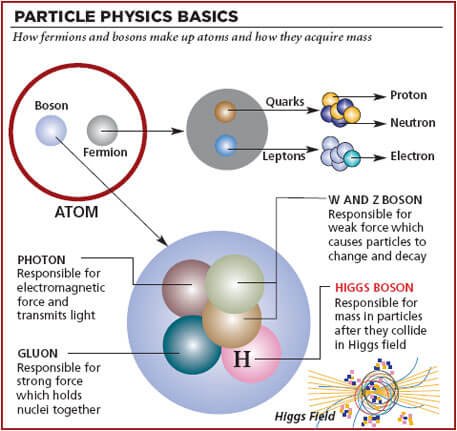
Standard Model of Particle Physics
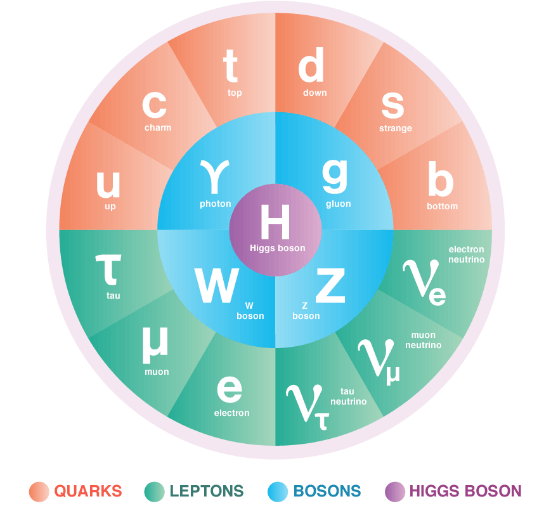
- The Standard Model comprises 17 fundamental particles. Only the electron and the photon were known a century ago.
- These 17 fundamental particles are categorised into two groups: fermions and bosons.
Fermions – Building Blocks of Matter
- There are 12 fermions, including six quarks and six leptons.
- Quarks and leptons are the basic constituents of matter.
- Electrons, a type of lepton, are familiar particles found in atoms.
Bosons
- Five bosons are responsible for interactions between matter.
- They carry three of the four fundamental forces: strong force, weak force, and electromagnetism.
Roles of Bosons
- The gluon mediates the strong force, binding quarks to form larger particles.
- The W and Z bosons facilitate the weak force involved in radioactive decay.
- The photon carries the electromagnetic force, which is responsible for magnetism, electricity, and atomic interactions.
|
{Prelims – In News} Girl Empowerment Mission by NTPC
- Context (PIB): NTPC Limited, India’s largest integrated power company, is gearing up to launch the latest edition of the Girl Empowerment Mission (GEM).
- It is part of NTPC’s Corporate Social Responsibility initiative.
- The program aligns with the Government of India’s Beti Bachao, Beti Padhao initiative.
- GEM does this through a one-month workshop for young girls during summer holidays, offering them a platform for their overall upliftment and development.
- The GEM Mission, initiated as a pilot project in 2018 with just three locations and 392 participants, has flourished into a nationwide movement.
{Prelims – Sci – Bio – Diseases} Rice vampireweed
- Context (DTE): A new report reveals the significant impact of Rice vampireweed on rice cultivation in Africa.
- The report emphasised that parasitic weeds pose significant challenges to rain-fed cereal production systems in sub-Saharan Africa.
Rhamphicarpa fistulosa / Rice vampireweed
- It is a parasitic weed affecting rice cultivation in Africa.
- It is found in at least 35 African countries, with 28 of them having rainfed lowland rice areas.
- While rice is the primary target, Rhamphicarpa fistulosa also affects sorghum and maize, potentially increasing total economic losses.
Economic Impact
- The parasite infests approximately 225,000 hectares and affects around 140,000 farm households across the continent.
- The weed causes significant economic losses estimated at $82 million annually.
- Gambia, Senegal, Burkina Faso, Togo, and other countries are most affected.
- Nigeria suffers the highest production losses, followed by Mali, Guinea, Tanzania, and Madagascar.
{Prelims – Sci – Bio – Diseases} WHO Findings on Hepatitis B and C infections
- Context (TH): The WHO reported 3.5 crore hepatitis B and C infections in India. India is currently ranked second after China for hepatitis B and C cases in 2022.
- The WHO on Tuesday flagged that the number of lives lost due to viral hepatitis is increasing, with the disease being the second leading infectious cause of death globally.
Key Findings
- Every day, there are 3,500 people dying globally due to Hepatitis B and C infections.
- According to the report, half the burden of chronic hepatitis B and C infections is among people 30–54 years old, with 12% among children under 18 years of age. Men account for 58% of all cases.
- The report said that with a total of 3.5 crore cases, India accounted for 11.6% of the total disease burden globally that year.
Hepatitis
- Hepatitis is an inflammation of the liver.
- The condition can be self-limiting or can progress to chronic hepatitis, which can lead to progressive scarring of the liver (cirrhosis) or liver cancer.
- Causes: Hepatitis viruses are the most common cause of hepatitis. Toxic substances (e.g. alcohol, certain drugs), and autoimmune diseases can also cause hepatitis.
- Symptoms: Acute infection may occur with limited or no symptoms or may include symptoms such as jaundice (yellowing of skin and eyes), dark urine, extreme fatigue, nausea, vomiting, and abdominal pain.
- There are five main strains of the hepatitis virus, referred to as types A, B, C, D and E.
- While they all cause liver disease, they differ in important ways, including modes of transmission, severity of the illness, geographical distribution and prevention methods.
- In particular, types B and C lead to chronic disease in hundreds of millions of people. They together are the most common cause of liver cirrhosis, liver cancer and viral hepatitis-related deaths.





![PMF IAS Environment for UPSC 2022-23 [paperback] PMF IAS [Nov 30, 2021]…](https://pmfias.b-cdn.net/wp-content/uploads/2024/04/pmfiasenvironmentforupsc2022-23paperbackpmfiasnov302021.jpg)
